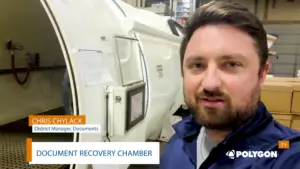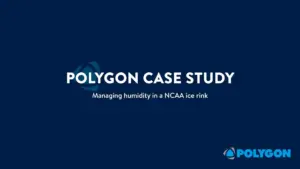For its owners, a commercial building is a significant investment that shouldn’t be neglected. A roof’s good condition, for example, must be maintained to preserve both the building and the people and equipment inside. To that end, proper and routine roof inspections are crucial to keeping the effects of weather, structural movements, aging, and potential error at bay.
The best way to maximize a building’s longevity and integrity is to focus on preventative upkeep in a maintenance plan. Regular visual inspections should include a check of the roof’s membrane as well as the flashings for any obvious issues that need immediate attention. Inspectors should look for defects that might allow moisture and utilize moisture-detecting techniques that won’t damage the roof. Allowing wetness into the building or its insulation can incur huge costs in repairs down the line.
Inspections should be conducted twice annually, once in the spring after the winter weather has gone and again in the fall before winter weather picks up. Following any major weather or construction, a spot-inspection is advisable.
Every inspection should develop a checklist to maintain consistency and thoroughness, including the following items and more:
● Examine the roof from indoors first for damage.
● On the roof itself look for dirt accumulation or other potential water blockages. Ensure drainage features are functioning properly as well.
● Note any fungal or moss growths as well as any blemishes to the roof’s surface.
● Examine all expansion joints for lacerations.
● Give extra attention to flashings, especially if there are gaps.
● Make sure all safety signs are visible and obvious.
A simple checklist like the above can save a building’s owner huge expenses. The key to its effectiveness is rigor and regularity.








